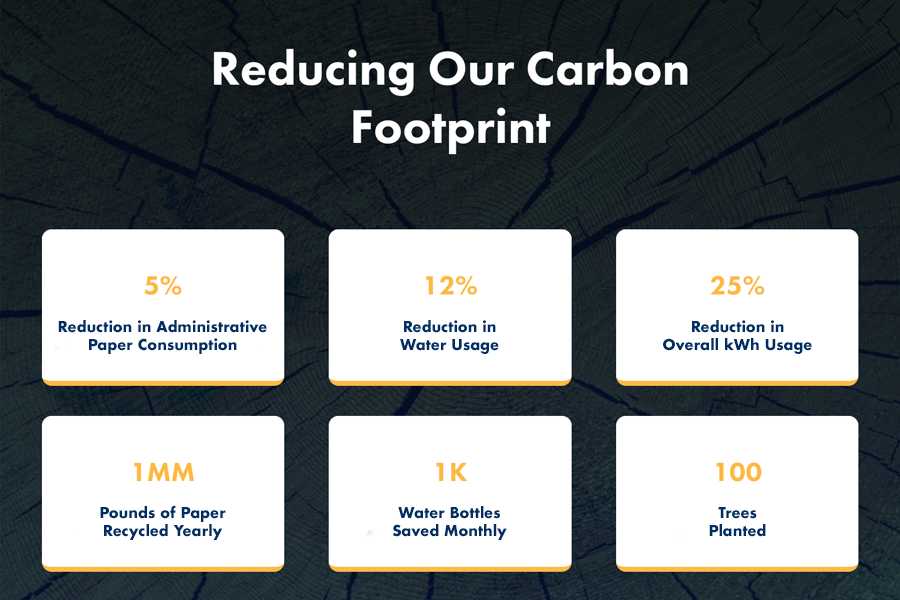Nonprofits are consistently brainstorming new, meaningful ways to engage with their donor base, and to attract new donors to help fund their mission. Creating a strong and efficient fundraising campaign is based on one simple word: Trust. So, what strategies can help build trust and make a nonprofit direct mail appeal successful?
- Create an Emotional Connection When it comes to supporting a cause, people are typically not going to donate their money to anyone or anything – the cause must give them some type of emotional connection. One way to create this connection and build trust with your audience is through storytelling.
Storytelling is not just for books, but also for nonprofits, since people tend to remember a story told better than presented facts. According to Quantified, research shows that messages delivered as stories can be up to 22 times more memorable than just facts. Having a strong story that others relate to can help build long-lasting relationships. When people have an emotional connection, it has the ability to tug on their hearts – inspiring them to make a difference through engagement and giving.
Using testimonials, experiences shared directly from an individual or family that benefited from the nonprofit’s services, can also bring a lot of impact and credibility to an appeal. Learning how donations create a positive impact helps persuade potential donors to give, and past donors to give again. For even better response, add video content. When words are created into images it provides more powerful content. In fact, viewers retain 95% of a message when they watch it in a video, compared to 10% when reading in text.
- Use Your Data WiselyKeeping a clean database allows nonprofits to effectively speak to each person uniquely. By adding key points of personalization to an appeal, it will add relevance and help convey a sense of familiarity. A donor’s past giving history can be acknowledged and used to fill in suggested giving levels based on their donation amounts. A lapsed donor’s last donation date can also be referenced, and messaging to remind them of the importance of their support. Try to catch the attention of a prospective donor through strategic use of their first name to emphasize the message. By incorporating your data, you’ll be able to connect with each of your audiences through impactful and relevant messaging.
- Provide Multiple Ways to RespondA call-to-action (CTA) tells your audience what you want them to do, making it easier for them to respond. Emails with a single call-to-action increased clicks 371% and sales 1617%. It’s important to give the recipient multiple methods for response to the CTA, because everyone is different! Some would rather respond traditionally via reply mail, others online, or, texting or calling might be best. By offering options it allows the recipient to choose the method that is most convenient for them, increasing response and return on investment (ROI). In fact, more than 70% of Gen X consumers feel mail is more personal than online digital communications and are more likely to read promotional mail than emails.
At Polaris Direct, we have a team of industry experts that can help strategize your next direct mail fundraising appeal – from design and copywriting, to data hygiene and variable data print (VDP). To learn more, read our Nonprofit Case Study: A Multi-Channel Solution, or reach out at (603) 626-5800 or on our Contact Us page.
About the author: Kacey Paquette is a graduate from Plymouth State University. She majored in Marketing with a minor in Digital Media. Kacey is also a Strategic Marketing Services Intern for Polaris Direct, a nationally acclaimed high-volume direct marketing services and print company in Hooksett, NH.




